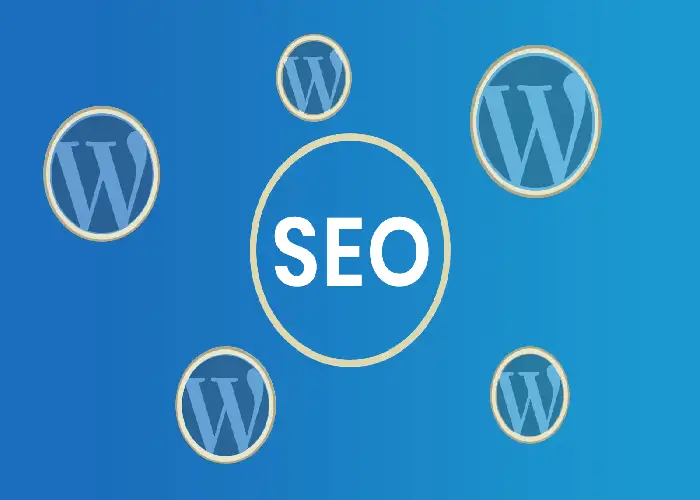SEO Basics for WordPress: How to Optimize Your Site for Search Engines

Optimizing your WordPress site for search engines is essential for increasing visibility and driving organic traffic. Here’s an in-depth guide to help you get started:
1. Install a Reliable SEO Plugin
The first step in optimizing your WordPress site is to install an SEO plugin. Popular options like Yoast SEO or Rank Math offer comprehensive tools and features to enhance your SEO efforts. These plugins help you manage meta titles, descriptions, XML sitemaps, and more, providing actionable insights and recommendations to improve your site’s search engine performance.
2. Conduct Thorough Keyword Research
Effective SEO starts with understanding what your audience is searching for. Use tools such as Google Keyword Planner, Ahrefs, or SEMrush to conduct keyword research. Look for keywords that are relevant to your content and have a good balance of search volume and competition. Incorporate these keywords naturally into your content, headings, and meta descriptions to optimize your pages for those terms.
3. Optimize Your Content
Content is king in the world of SEO. Create high-quality, engaging content that addresses the needs and interests of your audience. Ensure that each piece of content is well-structured with clear headings (H1, H2, H3) and includes relevant keywords. Aim for a mix of informational, transactional, and navigational content to cater to different search intents. Don’t forget to write compelling meta titles and descriptions that incorporate your target keywords and encourage users to click through.
4. Use SEO-Friendly Permalinks
Permalinks are the URLs for your posts and pages. For SEO, it’s important that these URLs are clean and descriptive. Go to Settings > Permalinks in your WordPress dashboard and choose the “Post name” option. This ensures that your URLs include keywords and are easily readable by both search engines and users (e.g., example.com/keyword-rich-post).
5. Optimize Images for Better Performance
Images contribute to both user experience and SEO. Ensure your images are optimized by compressing them to reduce load times. Use tools like TinyPNG or WP Smush for image compression. Additionally, name your image files descriptively and include alt text that describes the image and incorporates relevant keywords. This not only helps with SEO but also improves accessibility for users with visual impairments.
6. Enhance Site Speed
Site speed is a critical factor in both user experience and SEO. A slow-loading site can lead to higher bounce rates and lower search engine rankings. Use caching plugins like WP Super Cache or W3 Total Cache to improve loading times. Additionally, optimize your site’s performance by minimizing HTTP requests, using a Content Delivery Network (CDN), and leveraging browser caching. Tools like Google PageSpeed Insights or GTmetrix can help you analyze and improve your site’s speed.
7. Create and Submit an XML Sitemap
An XML sitemap is a roadmap of your site that helps search engines crawl and index your content more effectively. Most SEO plugins can automatically generate a sitemap for you. Once created, submit your sitemap to Google Search Console and Bing Webmaster Tools. This ensures that search engines are aware of all the pages on your site and can index them accordingly.
8. Build Internal and External Links
Link building is crucial for SEO. Internal linking involves linking to other pages on your site, which helps distribute page authority and improves site navigation. External linking, or acquiring backlinks from reputable sites, can enhance your site’s credibility and authority. Focus on obtaining high-quality backlinks from relevant and authoritative sources. Also, include outbound links to reputable sites within your content to provide additional value and context.
9. Ensure Mobile-Friendliness
With mobile-first indexing, ensuring your site is mobile-friendly is more important than ever. Choose a responsive theme that adapts to different screen sizes and devices. Test your site’s mobile performance using tools like Google’s Mobile-Friendly Test to ensure a smooth user experience across smartphones and tablets.
10. Monitor and Analyze SEO Performance
To gauge the effectiveness of your SEO efforts, use tools like Google Analytics and Google Search Console. Monitor key metrics such as organic traffic, bounce rates, average session duration, and keyword rankings. Analyze this data to identify trends, measure the impact of your SEO strategies, and make informed decisions for ongoing optimization.
By implementing these SEO basics, you can significantly improve your WordPress site’s visibility and search engine performance. SEO is an ongoing process, so continuously update your strategies based on the latest best practices and algorithm changes. Stay informed, monitor your results, and


Post Comment